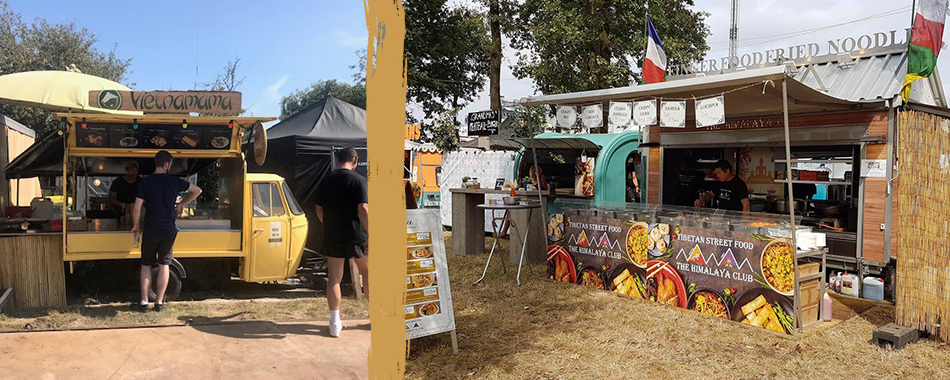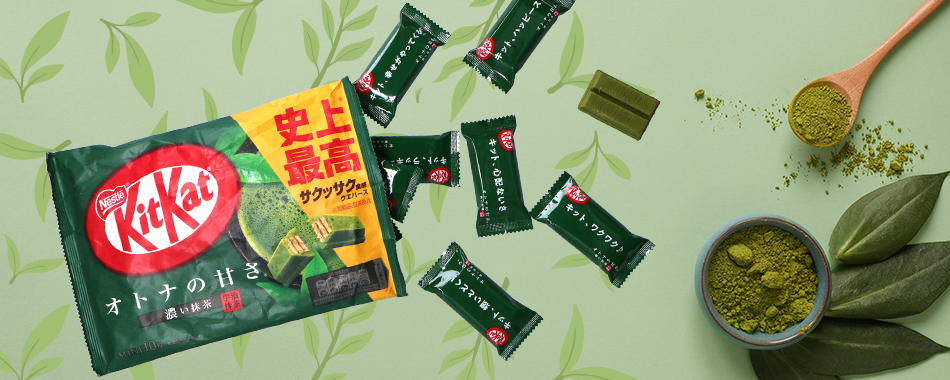A trend shaping supermarkets and restaurants
The rising demand for authentic Asian products:

In recent years, there has been a remarkable change in the food choices of people worldwide. Supermarkets and restaurants are now selling and offering authentic Asian products and dishes, catering to the increasing demand for diverse and genuine flavors, especially among millennials. This reflects a great shift in consumer preferences and an openness to trying new and adventurous flavors.
1. Cultural exploration and social media
The overflowing demand for authentic Asian products is greatly influenced by the growing global connectivity and its rich cultural legacy. Thanks to platforms like Instagram and TikTok, Asian cuisine is now more visible than ever. Asian countries such as Japan, Korea, China, Thailand, the Philippines, and Vietnam have unique and strict cooking techniques shaped by their history and beliefs. Food bloggers, influencers, and chefs are sharing these mouthwatering Asian dishes, capturing the interest and curiosity of their followers. Viral trends, such as the Samyang Buldak x3 spicy challenge, have increased the popularity of Korean noodles. Additionally, according to Ji-Yoon Yang at Korean Economic Daily blog notes that the global demand for Korean ramen has increased greatly over the last years due to the rising popularity of K-pop, Netflix for K-dramas, and K-movie.

2. Health and wellness trends
Asian diets are often perceived as healthier, with a strong emphasis on fresh ingredients, vegan or vegetarian balanced meals, seafood, and traditional cooking methods. Many Asian dishes contain beneficial ingredients like ginger, garlic, turmeric, and green tea, which have immune-boosting, anti-inflammatory, and antioxidant characteristics. Dishes like sushi, ramen, pho, and stir-fries are not only delicious but due to their many vegetable and rice ingredients also align with the health-conscious eating trends of many consumers.
3. Street food culture, restaurants, and festivals
Street food has a unique appeal, offering a variety of authentic, light, and affordable dishes that highlight traditional cooking techniques and local ingredients. The popularity of food trucks and street food markets has introduced many consumers to the diverse flavors of Asian cuisine. Dishes such as Korean BBQ, Vietnamese banh mi, and Thai mango sticky rice have become favorites, contributing to the demand for these flavors in supermarkets.
Restaurants and festivals have numerous stalls showcasing Asian cuisine have become increasingly popular. These events provide a platform for chefs and locals to showcase authentic dishes and for consumers to experience the diversity of food in Asia. Millennials, in particular, are drawn to these events for the unique and immersive food experiences they offer. They want to recreate the experience at home, so they purchase authentic ingredients at Tokos supermarkets.

5. Innovation and fusion
The fusion of Asian and European cooking traditions has resulted in exciting new products that appeal to a wide audience. This has led to new flavor creations and fusions like Mochi’s modern new flavors, Italian-inspired Tiramisu & Crème, and Strawberry cheesecake. Furthermore, chips flavored with wasabi, or like KitKat Japan with flavors like the delicious Matcha represent a creative Japanese twist on familiar snack foods with exotic tastes. These innovative products meet the demand for originality and variety, allowing consumers to enjoy new flavor combinations by their favorite brands that keep their tastebuds engaged.

6. Increased availability and accessibility
The expansion of ethnic aisles in supermarkets and the inclusion of Asian dishes in restaurant menus have made these products more accessible than ever before. This increased availability has lowered the barrier for consumers to try authentic Asian products into their regular diets. As consumers become more culturally varied and open to new experiences, they promote a broader acceptance and integration of Asian cuisine into everyday eating habits.
Conclusion
The growing popularity of authentic Asian products reflects evolving consumer tastes and values, driven by cultural exploration, health benefits, authenticity, innovation, accessibility, and sustainability. This trend presents businesses with an opportunity to meet demand with diverse, high-quality offerings that celebrate the richness of Asian food traditions.
